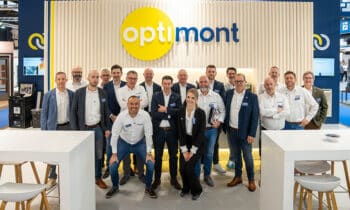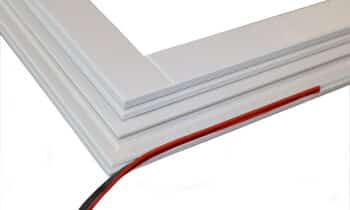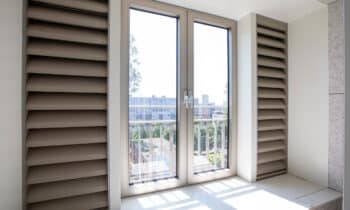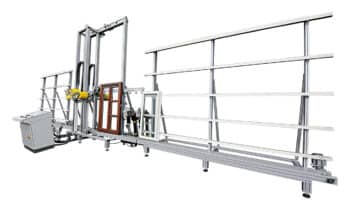
'Prefab sealing is an essential part of precast construction'
Build faster and cheaper without sacrificing consistent, high build quality
One of the main reasons for the housing crisis in our cities, is a shortage of building land. This has forced developers to build on infill sites. But also to go up in height. "Because of the limited building sites, the high construction speed and the repetitive nature of high-rise projects, prefabricated construction is increasingly being chosen," notes Patrick Verhoef, Account Manager for Airtight Construction at Celdex.
"As an organization, we naturally go along with this. After all, prefabrication offers numerous advantages. It allows for faster and cheaper construction, without sacrificing consistent, high building quality. It also requires fewer skilled hands on the building site, reduces failure costs and makes building in the factory safer. In combination with good air sealing, requirements such as BENG, NOM and BREEAM-NL can be excellently met. Advantages that are increasingly making a difference in ground-level housing as well."
In practice, it appears that prefabricated construction is not always prefabricated sealing yet. Especially when it comes to wind and rain sealing products, Verhoef notes. "While complete façade elements, interior cavity walls and frame elements are prefabricated in the factory, on the construction site too much and too often wet sealing materials such as PU foams, sealants and coatings are still used. Our goal is to include these sealing products in the prefabrication process as well, so that tolerances can be accommodated even more easily and an airtight finish can be achieved."

Essential building blocks for airtight construction
Prefab sealing not only places specific demands on assembly and work preparation, but also on the sealing products themselves.
"Celdex saw the prefabricated construction trend coming for some time and has been extensively surveying the needs and challenges in this area," said Verhoef. "Among other things, this led to our Seal4Prefab sealing system, with which we provide construction stakeholders with all the essential building blocks to achieve and demonstrate the desired airtightness performance. From contractors to HSB, frame and concrete frame manufacturers."
With a good airtight building envelope, we can reduce our energy loss by as much as 30%, Verhoef knows, "What we don't consume, we don't need to save! That shows the importance of good sealing."
To this end, Seal4Prefab consists of four seals, which are already applied in the precast process: a water seal, an air seal, an insulating layer and the cross seals. "The latter in particular is a dangerous detail, for which our PVC 099 cross-seam seal provides an effective solution." For the air seal, Celdex recommends a Pre-Seal LF or Pre-Seal Soft LF, while an EPDM Soft provides a sophisticated water barrier.
Benefits for processors and residents
"Seal4Prefab offers significant advantages for processors and occupants," Verhoef emphasizes. "For example, the sealing system boasts demonstrable quality in durability, air and driving rain tightness. Processing the products is fast and easy. Moreover, Seal4Prefab is circular, as the sealing products are dismountable and reusable. The system also provides the necessary speed during construction: assembly and sealing are done in one operation. Assembly parties can easily stack the elements, making the façade quickly wind- and rainproof. This allows finishing work to begin very soon after the start of construction."

Like to be involved as early as possible
Important components of Celdex Seal4Prefab are knowledge transfer and quality assurance, as well as proper preparation and engineering. "We like to come to the table at the earliest possible project stage to help think about tolerances in particular," Verhoef said.
"On the basis of, for example, the best requirements and building drawings, we give advice on the best suitable sealing products and (prefab) assembly. For example, how is water management handled? And airtightness? What performance is required? Where are the critical points? What tolerances do HSB, frame and concrete frame manufacturers expect? And what is the maximum permissible to assemble the precast elements properly, quickly and without scaffolding? Do we have to deal with uniform joint dimensions and/or can this be realized? But also: what is the best assembly sequence to follow? And what are the conditions for proper assembly? If required, we can monitor projects from start to finish and prepare partial and final reports, creating a single report for private quality assurance. We can also test materials in a critical building detail in advance for wind and rain tightness and issue a performance guarantee for this."
Before moving on to precast production, Celdex organizes a toolbox meeting for the processors. "In addition, before assembly begins, a toolbox meeting is set up for the precast assemblers, which focuses on, for example, inspection and repair in the event of unexpected transport damage. This ensures the very highest quality here as well."




